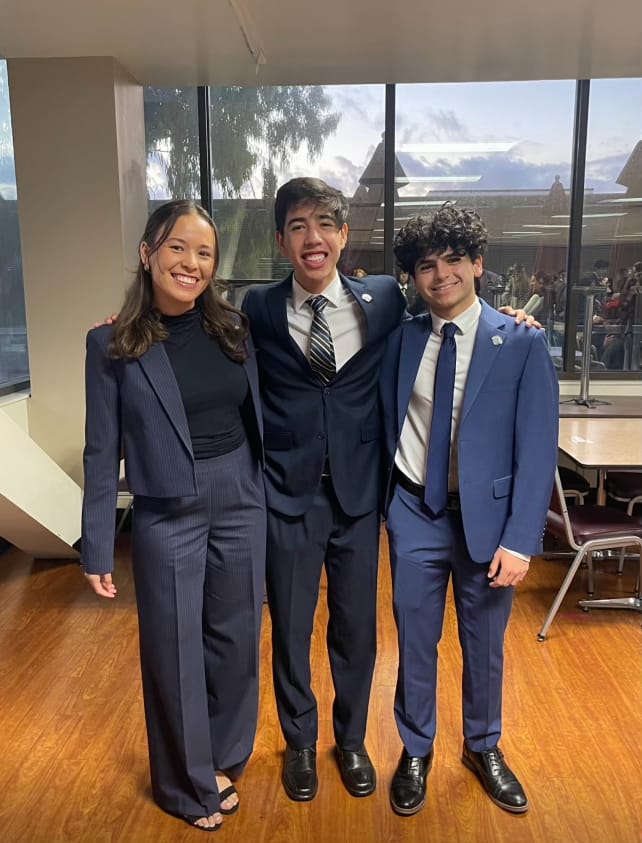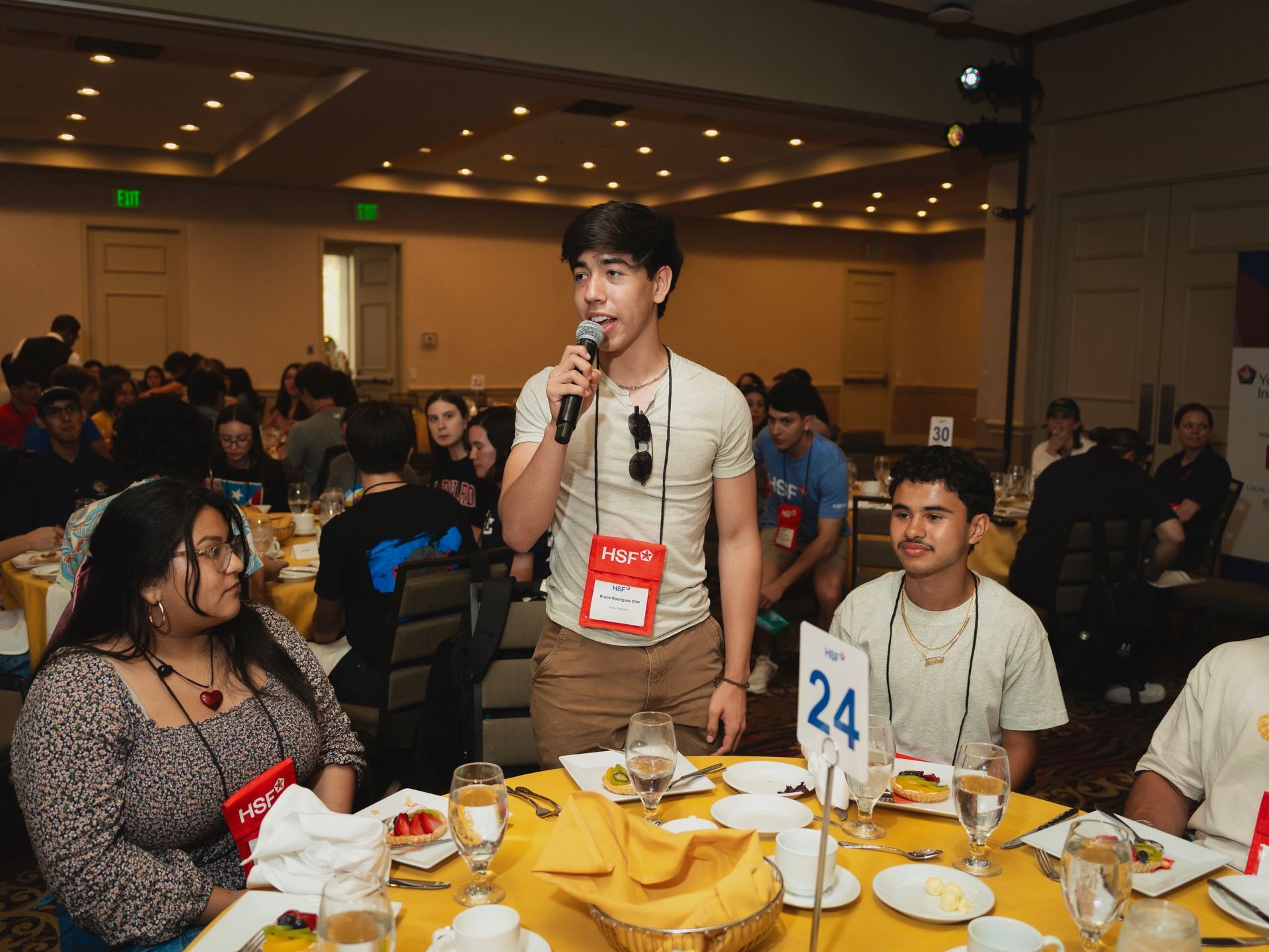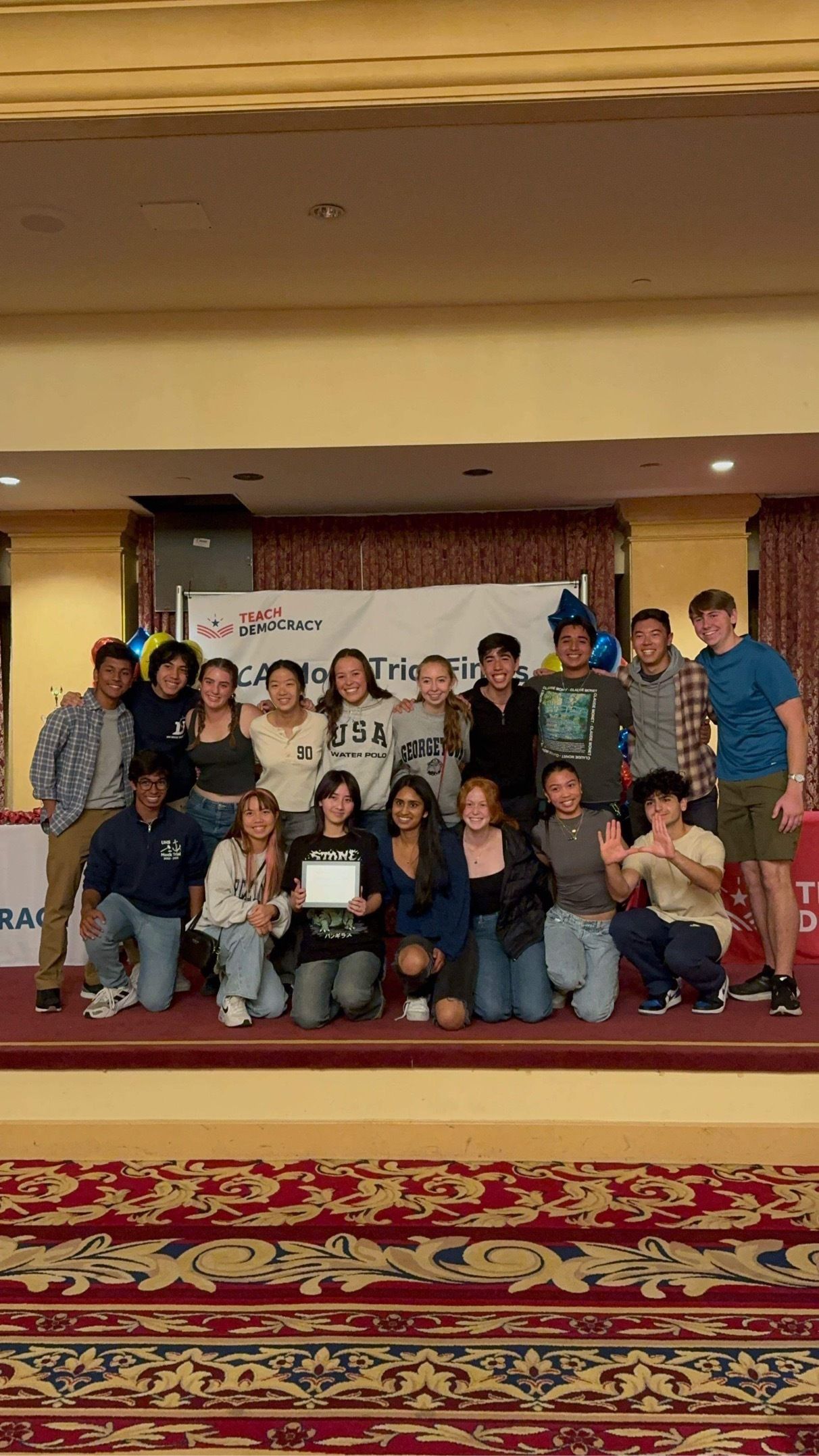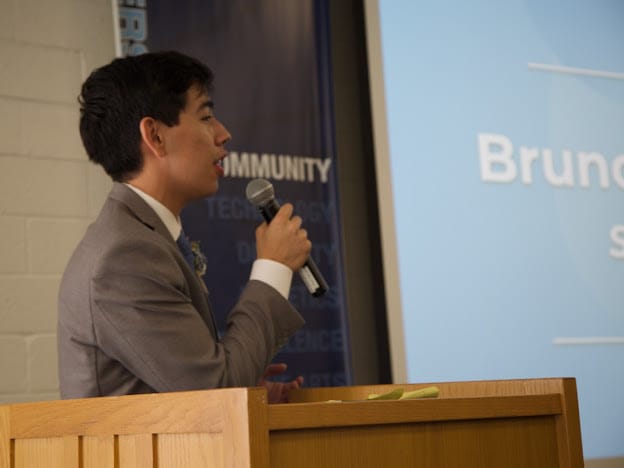- The Impact Journal
- Posts
- How This Stanford Student Launched ‘Start With SPAR’ to Make Debate Accessible
How This Stanford Student Launched ‘Start With SPAR’ to Make Debate Accessible
Meet Bruno - a Stanford freshman who launched a new debate program & curriculum with Start With Spar.
Bruno didn’t expect debate to change his direction.
In middle school, he tried just about everything—art, sports, clubs—but nothing really stuck. Then, he stumbled into his school’s small debate program. He wasn’t competing at a national level, but he found something he hadn’t felt before: the thrill of speaking in front of others and shaping his ideas into words.
By the time high school returned to in-person learning after COVID, Bruno knew debate wasn’t just another activity. It was his passion. He threw himself into public speaking, joining Mock Trial, Model UN, and continuing debate. Along the way, he became fascinated by communication—not just polished speeches, but the deeper idea of how people connect through words.
That curiosity eventually led him to launch Start With SPAR, a program designed to make debate accessible for students who might otherwise never try it.
By graduation, Bruno had become a coach, mentoring dozens of younger students, hosting free tournaments, and opening doors for kids who never saw themselves as debaters. Now, he’s preparing to enter Stanford University.
Here’s how Bruno found his direction.
If you’re a current high school student interested in starting your own initiative and standing out in university applications — you can sign up for a 30-minute extracurricular review. During the call, we'll:
a) Learn about your university goals
b) Review your extracurricular profile
c) Help you shape a unique project idea.
#1: What is “SPAR,” and how did it inspire your organization?

Bruno: SPAR is a speech event in the debate world that uses very simple argumentation. Two people get a topic, have a couple minutes to prepare, then one argues the pro side and the other argues the con. There’s an open discussion in between.
What makes SPAR special is that it’s approachable. It works for elementary schoolers just as well as for high school students. It’s spontaneous, easy to teach, and—most importantly—applicable outside of debate.
That’s what drew me to it. In SPAR, you don’t have weeks of prep. You’re given a topic, and you have to stand up and speak clearly, persuasively, and professionally on the spot. That kind of communication skill is useful for anyone, anywhere. It became the cornerstone of Start With SPAR.
#2: What were your first steps to launch “Start With SPAR?”

Bruno: The debate program at my middle school basically collapsed once I entered high school. By sophomore year, I decided to come back and rebuild it. I recruited a few coaches and started every student with SPAR before moving into more complex debate formats.
It was the perfect way to get people hooked—non-intimidating, fun, and confidence-building. Over time, we grew.
I coached for three years, built up resources and curriculum, and began sharing them with our community. Eventually, we even hosted free tournaments using SPAR and other approachable formats.
The mission was always clear: to give under-resourced students, or those without prior exposure, a chance to experience debate.
#3: Were you an extrovert or introvert? How would you define yourself before you started debated?

Bruno: I always liked to talk and share my thoughts, but that’s very different from standing on a stage, giving a formal speech, and being judged for it.
I have vivid memories of freezing up in middle school rounds—wanting to speak, but unable to get the words out. Just because you’re drawn to something doesn’t mean it comes naturally right away.
That’s why SPAR was brilliant. It felt more like a casual conversation than a high-stakes performance. Students were less likely to shut down because the format encouraged spontaneity and honesty.
#4: What qualities did the most successful students have?

Bruno: I used to define the most successful kids as the ones who got the most awards - but the truth is, success doesn’t have that one definition.
With the education we provided to these students - only a minority of them would continue doing competitive debate. However, I don’t think that’s a failure, because those kids are more confident today.
The most successful kids were the people willing to participate and put themselves out there. I ran my classroom in a Socratic way. The students who did things even when they were nervous went the furthest in the long run.
Debate is not something you learn by sitting in a classroom and absorbing information. You have to put yourself out there.
#5: What changes would you like to see in how schools teach communication?

Bruno: Communication is taught very rigidly at early ages. Kids are trained to write a topic sentence, then evidence, then analysis. That’s important—but it can create a mental block.
When students are forced to rely only on formulas, they freeze in real-life, spontaneous situations. That’s why I think schools should integrate more on-the-spot speaking early on.
Even something simple, like asking elementary students open-ended questions and encouraging them to explain their thinking, can build real communication skills.
#6: What are your thoughts on diversity in debate?
Bruno: Debate is an extracurricular that’s made for people with money. Suits, travel, materials—at the highest levels, it’s incredibly hard to compete without money. That makes socioeconomic diversity a huge problem in the circuit.
There’s also a racial component. I rarely competed against other Latino debaters, or even saw people who looked like me. That absence of representation was one of my biggest motivators in creating Start With SPAR.
The truth is, we’re all good at different things. But when spaces lack diversity, talent gets overlooked. My message is simple: notice those absences. If you can, do something—big or small—to open the door for others. That’s what I’ve tried to do through debate.
If you’re a current high school student interested in starting your own initiative and standing out in university applications — you can sign up for a 30-minute extracurricular review. During the call, we'll:
a) Learn about your university goals
b) Review your extracurricular profile
c) Help you shape a unique project idea.
Stay Connected
Connect with Bruno: Linked-In